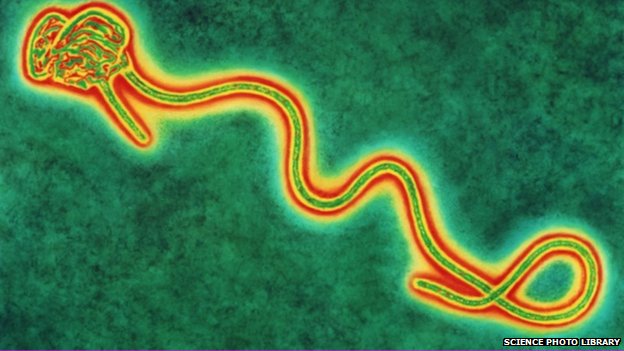Written by Dr. Shanthi Elavazagan
Senior House Medical Officer, Ebix, Inc.
I was mournful when I first heard the news about the sad demise of Thomas Eric Duncan in Texas, US due to Ebola. Even after several preventive measures were aired by CDC and WHO, the US authorities could not prevent it. Thomas Eric Duncan, 42, caught the Ebola virus in his native Liberia. He died at the Texas Health Presbyterian Hospital in Dallas on 8 October 2014 at 7:51a.m. This death comes as a sad truth of how the virus can kill a person.
Mr. Duncan is the first case of Ebola in the US to have succumbed to the virus. His death has initiated anxiety and fear among people in the US now. From the time Duncan was diagnosed with Ebola, his fiancé Troh, her 13-year-old son and two other young men who were in close contact with Duncan, have been quarantined. The Texas health officials are also watching for symptoms of Ebola among 48 people who were in contact with Duncan.
Let us look into Duncan’s history of contracting the virus, the subsequent health effects it had on him, eventually killing him.
*What is the course of the illness, Ebola?*
When Ebola infects a person, he/she is initially asymptomatic. The infected person remains quite healthy and unaffected. This is what happened to Duncan as well. He began showing symptoms of Ebola on September 24th. Initially, he was dismissed at the emergency room with a prescription of antibiotics from a nurse. Four days later, Duncan was shifted to the same hospital in an ambulance. A history of travel from the epidemic hit country could have brought in a difference. The hospital authorities might have had a different plan of management.
After entering the human body, the virus multiplies itself and starts circulating in the body. After a certain time, the person starts feeling the symptoms of Ebola, like fever, headache and malaise. These symptoms later progress to vomiting, body pain, and development of rash, internal and external bleeding. Quickly, it goes on to infect the major organs in the body like the kidney and liver. You might wonder what the difference is between a common flu and Ebola. You are right to wonder about it as there is no major difference in their manifestation. However, Ebola has an indolent spread.
To see a full-blown case of Ebola, it usually takes around 14 to 20 days post the initial period which seems like common flu. Towards the end of the disease, the person goes into multiple-organ failure, often requiring dialysis and ventilator support which is quite common in an Ebola infected person, unlike common flu.
After a week of admission into the Dallas Health Center, Duncan’s kidneys failed. He stopped breathing. He was put on a ventilator, and dialysis was performed. Unfortunately, his condition worsened and he died on the 8th of October.
Ebola claimed its first victim in the US within 14 days of infecting him.
*What are the diagnostic aids for Ebola? *
If Duncan would have been diagnosed with serum testing, things may have been different. It is debatable though.
The following tests are used to confirm the disease:
- Antibody-capture enzyme-linked immunosorbent assay (ELISA)
- Antigen-capture detection tests
- Serum neutralization test
- Reverse transcriptase polymerase chain reaction (RT-PCR) assay
- Electron microscopy
- Virus isolation by cell culture
*What are the possible complications of Ebola?*
- Failure of multiple organs (such as the lungs, kidneys and liver)
- Severe internal and external bleeding (resulting in shock, coma, jaundice, seizures, multiple-organ failure)
- For those who survive the illness, recovery can be slow. Inflammation of the eyes (uveitis), liver (hepatitis), or testicles (orchitis) are often seen. The joints and body pain takes several weeks to subside.
*What are the treatment options? *
Supportive care in the form of fluid and electrolyte balance is the most appropriate treatment. Brincidofovir, an anti-viral drug was given to Duncan as a treatment option. ZMapp supplies were unavailable at the healthcare facility and hence weren’t administered to Duncan. If there was a suspicion of Ebola during the initial triage, the hospital could have procured it.
Earlier to this, ZMapp had effectively cured 2 Ebola infected people. Further research and experiments need to be done on Ebola to get results that are more conclusive.




